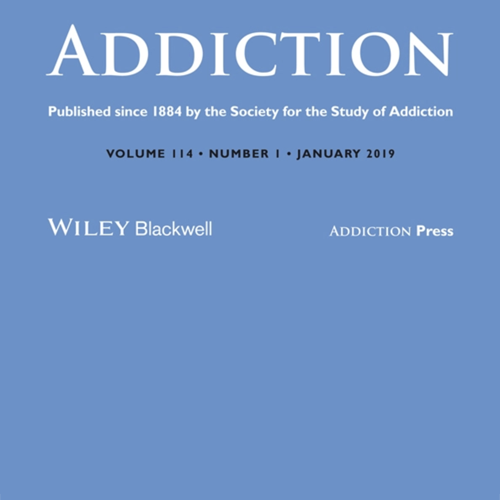Summary
Background and Aims
People who have recently injected drugs are a priority population in efforts to achieve hepatitis C virus (HCV) elimination. This study estimated the prevalence and number of people with recent injecting drug use living with HCV, and the proportion of people with recent injecting drug use among all people living with HCV infection at global, regional, and country-levels.
Methods
Data from a global systematic review of injecting drug use and HCV antibody prevalence among people with recent (past year) injecting drug use were used to estimate the prevalence and number of people with recent injecting drug use living with HCV. These data were combined with a systematic review of global HCV prevalence to estimate the proportion of people with recent injecting drug use among all people living with HCV.
Results
There are an estimated 6.1 million [95% uncertainty interval (UI) 3.4-9.2] people with recent injecting drug use aged 15-64 years living with HCV globally (39.2% viraemic prevalence; UI 31.6-47.0), with the greatest numbers in East and Southeast Asia (1.5 million, UI 1.0-2.1), Eastern Europe (1.5 million, UI 0.7-2.4), and North America (1.0 million, UI 0.4-1.7). People with recent injecting drug use comprise an estimated 8.5% (UI 4.6-13.1) of all HCV infections globally, with the greatest proportions in North America (30.5%, UI 11.7-56.7), Latin America (22.0%, UI 15.3-30.4), and Eastern Europe (17.9%, UI 8.2-30.9).
Conclusions
Variation exists between countries and regions in the numbers of people with recent injecting drug use living with HCV, and in the proportion of people with recent injecting drug use among all people living with HCV infection. This study highlights the need to understand the role of recent injecting drug use in local HCV epidemics, and to tailor prevention and treatment interventions to meet global HCV elimination targets.
Funding
National Drug and Alcohol Research Centre, UNSW Sydney; Australian National Health and Medical Research Council; John C Martin Foundation.

